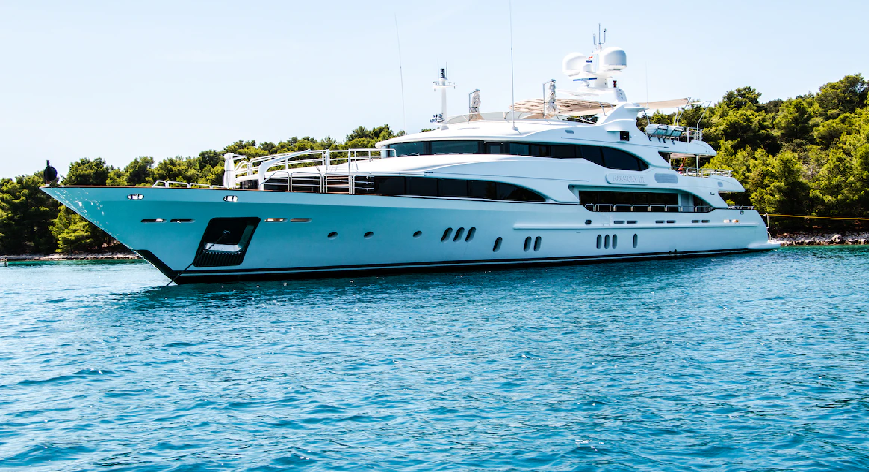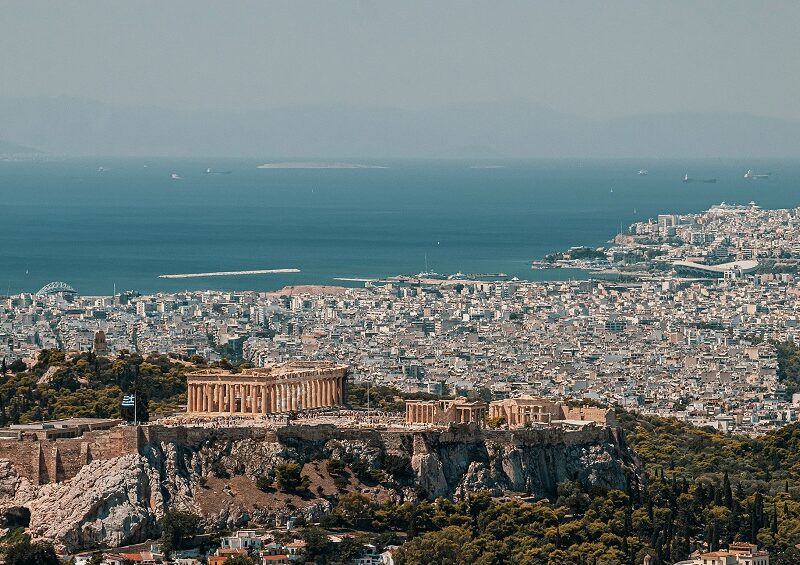Maintaining the pristine allure of a superyacht involves a meticulous balance between aesthetics and functionality, and one crucial aspect of this upkeep is the artistry of yacht painting and bottom paint. Serving as a protective layer against marine growth, corrosion, and the harsh elements of the open sea, yacht painting, particularly bottom paint, plays a vital role in preserving the integrity and performance of these luxurious vessels.
The frequency at which bottom painting should be undertaken on a superyacht depends on various factors, primarily the type of paint used, the cruising patterns, and the prevailing environmental conditions. Typically, experts recommend applying bottom paint every one to three years, but a more precise schedule should be tailored to the specific needs of the vessel.
The choice of antifouling paint significantly influences the longevity of protection. Hard paints, designed for durability, may require less frequent application but can be less effective in preventing marine growth in some conditions. Soft or ablative paints, on the other hand, offer self-polishing properties, providing consistent protection but may necessitate more frequent applications.
Superyachts that spend prolonged periods in warm, nutrient-rich waters are more susceptible to marine growth and may require more frequent bottom painting. Additionally, vessels frequently on the move may experience increased wear and tear, prompting a more regular maintenance schedule to ensure optimal performance.
The specific environment in which a superyacht operates plays a crucial role in determining bottom paint intervals. Harsh conditions, including high salinity, warm temperatures, and increased sunlight exposure, can accelerate the degradation of antifouling properties, demanding more frequent applications.
Regardless of the suggested timeline, regular inspections of the yacht’s hull are paramount. Monitoring the condition of the bottom paint allows for timely identification of any issues, such as blistering, peeling, or compromised protection, prompting proactive maintenance and preventing more extensive damage.
In conclusion, the frequency of bottom paint applications on a superyacht is a dynamic consideration, influenced by multiple factors. Owners and maintenance crews must collaborate to develop a customized schedule that ensures the vessel remains both aesthetically pleasing and operationally sound, safeguarding its grandeur against the relentless forces of the marine environment.



